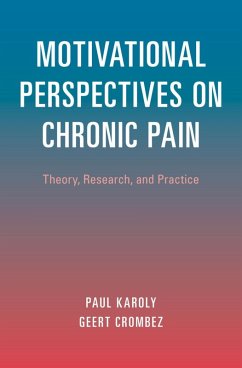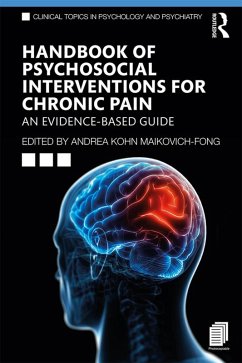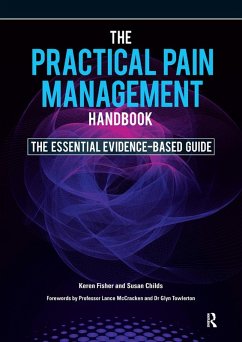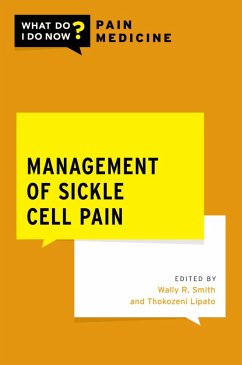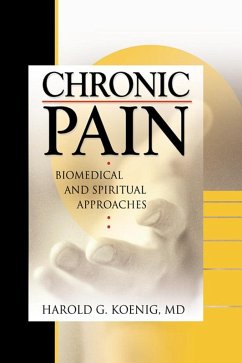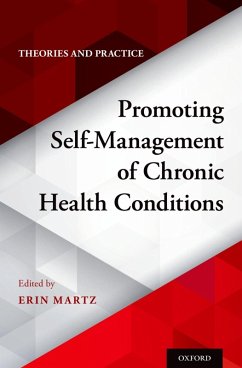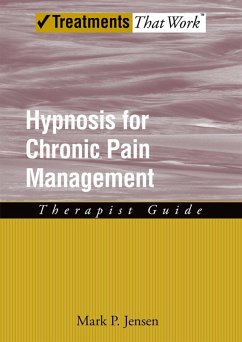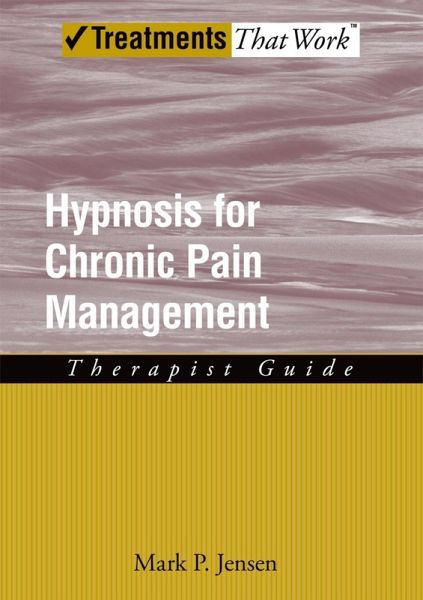
Hypnosis for Chronic Pain Management (eBook, ePUB)
Therapist Guide
Versandkostenfrei!
Sofort per Download lieferbar
27,95 €
inkl. MwSt.
Weitere Ausgaben:

PAYBACK Punkte
14 °P sammeln!
Winner of the 2011 Arthur Shapiro Award for Best Book on Hypnosis, from the Society of Clinical and Experimental Hypnosis An explosion of interest in the applications of hypnosis for clinical problems, especially pain, has led to a wide accumulation of research on hypnosis as a viable, beneficial supplement to treatment protocols. Over the past two decades, published controlled trials have confirmed that hypnosis treatments are effective for reducing daily pain intensity, increasing activity level, and improving mood and sleep quality in individuals with chronic pain. Moreover, evidence also ...
Winner of the 2011 Arthur Shapiro Award for Best Book on Hypnosis, from the Society of Clinical and Experimental Hypnosis An explosion of interest in the applications of hypnosis for clinical problems, especially pain, has led to a wide accumulation of research on hypnosis as a viable, beneficial supplement to treatment protocols. Over the past two decades, published controlled trials have confirmed that hypnosis treatments are effective for reducing daily pain intensity, increasing activity level, and improving mood and sleep quality in individuals with chronic pain. Moreover, evidence also suggests that hypnotic procedures can increase the beneficial effects of other treatments, such as cognitive-behavioral therapy (CBT). Based on these findings, there is a lack of practical resources in the field that offer recommendations for incorporating hypnosis and hypnotic protocols into treatment for pain management. This therapist guide fills this gap by distilling the techniques empirically validated by these clinical trials into one comprehensive, user-friendly volume. Organized into three parts, Hypnosis for Chronic Pain Management summarizes the findings from research, examines the effects of hypnosis on pain, and provides step-by-step instructions for performing hypnotic inductions and making hypnotic suggestions. Designed to be used in conjunction with the corresponding patient workbook, this unique therapist guide is written for clinicians who treat patients with chronic pain and who wish to incorporate hypnosis and hypnotic procedures into their treatment protocols, or those clinicians who already have training in clinical hypnosis and hope to acquire the skills needed to apply it to pain management. "An excellent blueprint to understanding pain and the fundamentals of how hypnosis combined with CBT can offer pain amelioration. Perfect, even for uninitiated practitioners who wish to use empirically based scripts."--Jeffrey Zeig, Ph.D., The Milton Erickson Foundation "Pain can too easily enslave people, holding them captive in many different ways. It is a liberating theme of empowerment that echoes throughout Dr. Jensen's work: he empowers clinicians to work more knowledgeably and skillfully with people who suffer painful conditions using his therapist guide, and he encourages the suffering individual to break free from pain's grip with the practical pain management skills taught in his workbook. Dr. Jensen's vision for the many ways hypnosis can help reduce the debilitating effects of painful conditions is fresh, inspiring and should be regularly integrated into every pain management program."--Michael D. Yapko, Ph.D., Clinical Psychologist and author of Trancework: An Introduction to the Practice of Clinical Hypnosis (Third Edition) and Treating Depression with Hypnosis
Dieser Download kann aus rechtlichen Gründen nur mit Rechnungsadresse in A, B, BG, CY, CZ, D, DK, EW, E, FIN, F, GR, HR, H, IRL, I, LT, L, LR, M, NL, PL, P, R, S, SLO, SK ausgeliefert werden.




